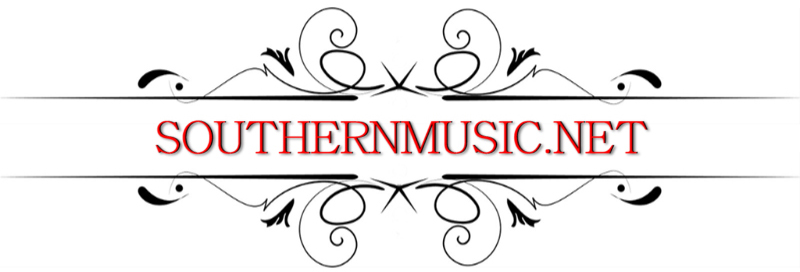Most
famous of the Storyville
"Professors."
His musical history began in 1902
when he was seventeen and visited one of New Orleans's
more celebrated night spots, the Villere and
Bienville. All the piano greats of New Orleans
habitually gathered in its back room after working
hours to perform themselves or to listen to others.
It was not long before Morton
began making a career of playing the piano in the
city's brothels and barrel houses. He became,
as Hugues Panassie said of him, the father of jazz
piano, the one from whom subsequent jazz pianist
took their inspiration. "Jelly Roll's style is
typically New Orleans," wrote Panassie. "His
splendidly constructed phrases recall the phrases of
the great New Orleans trumpets."
Between 1909 and 1915, Morton
appeared at Tom Anderson's Annex in New Orleans, as
well as many other places in and out of the
city. California became his base of operations
from 1915 to 1923, Chicago from 1923 to 1928, and
New York from 1928 to 1935.
Between 1924 and 1926 he made
recordings of his own music for Gannett, Paramount,
Rialto and Vocalion which revealed him in full
command of his creative and performing
resources. More remarkable still are his hot
band versions of his rags and blues recorded for
Victor between September 1926 and October 1930 with
his own ensemble, Morton's Red Hot Peppers.
Here are found such Morton gems as the "Black Bottom
Stomp," "Smokehouse Blues" and "Dead Man Blues."
In 1938, Alan Lomax had Morton
record at the Library of Congress one hundred and
sixteen sides in which "Jelly Roll" played his
pieces, and those of some of his famous
contemporaries, besides talking about himself and
his music, and even doing some singing. He was
now an old and sick man, with faltering fingers and
delayed reactions. Yet his individualized
approach to ragtime and blues and his incredible
inventiveness endowed many of these recordings with
historical importance.
David
Ewen - All the years of American Popular Music

